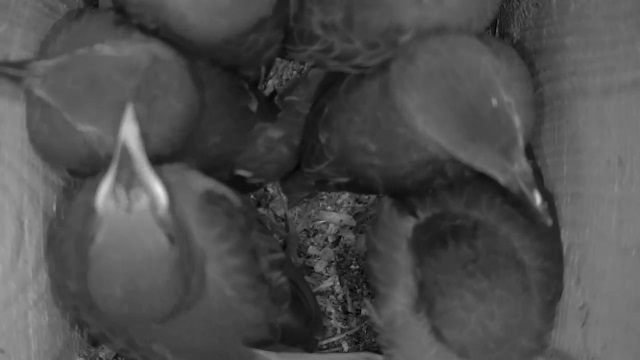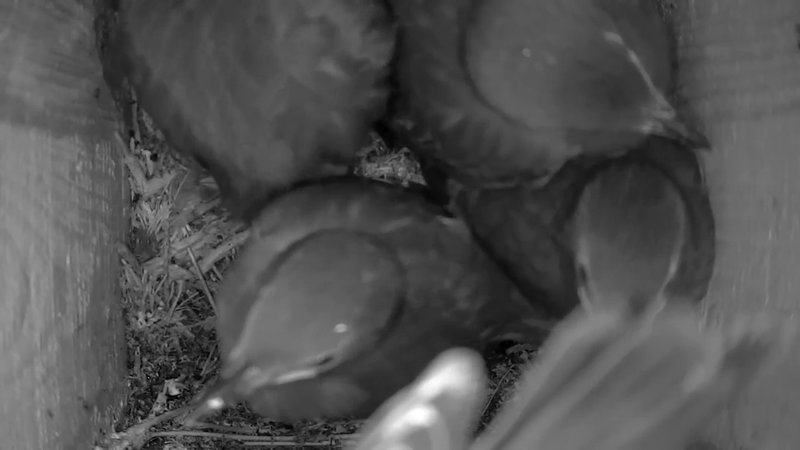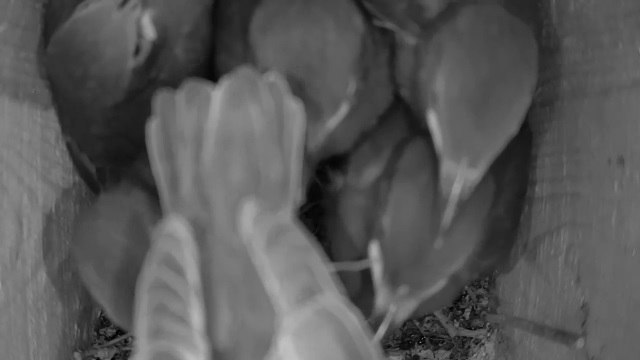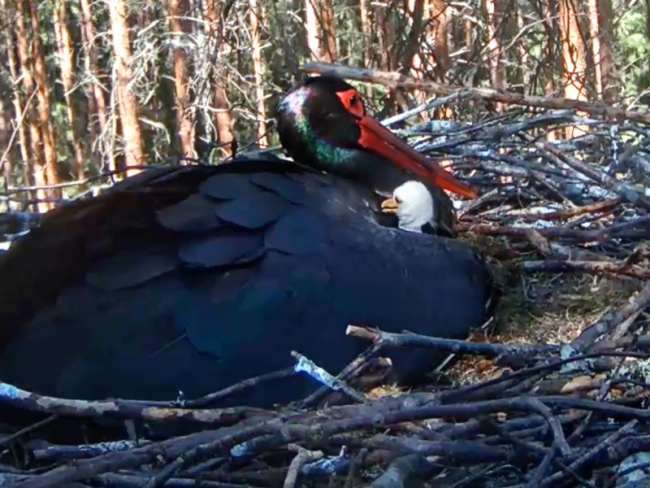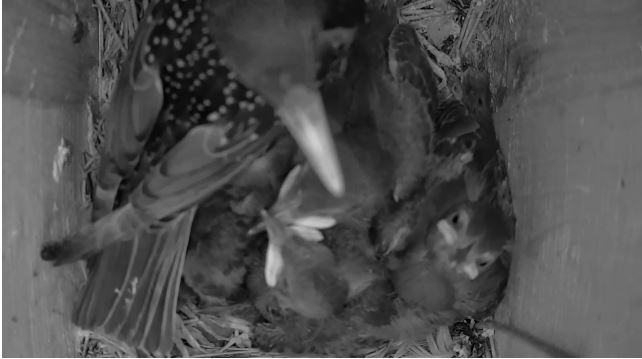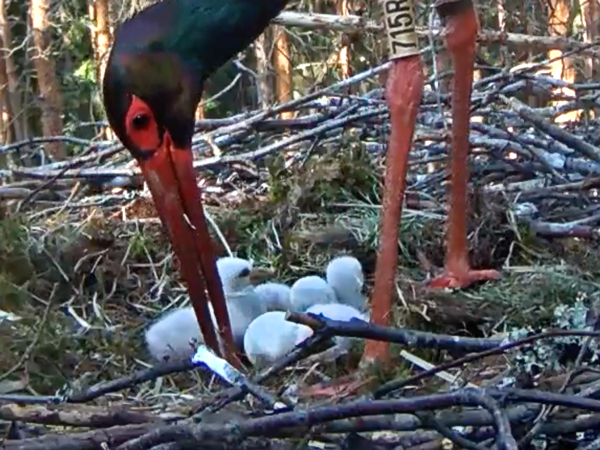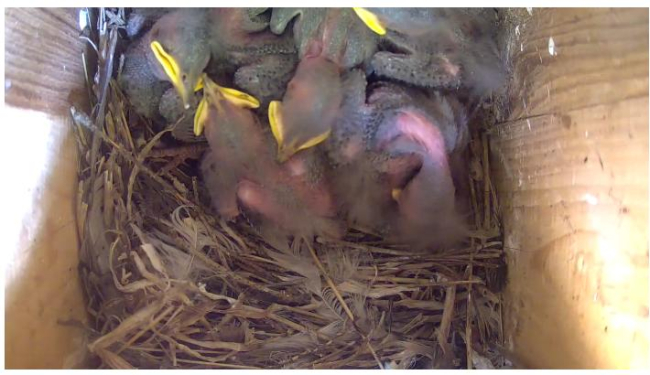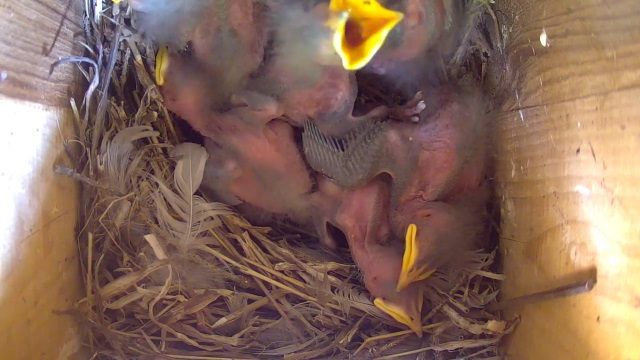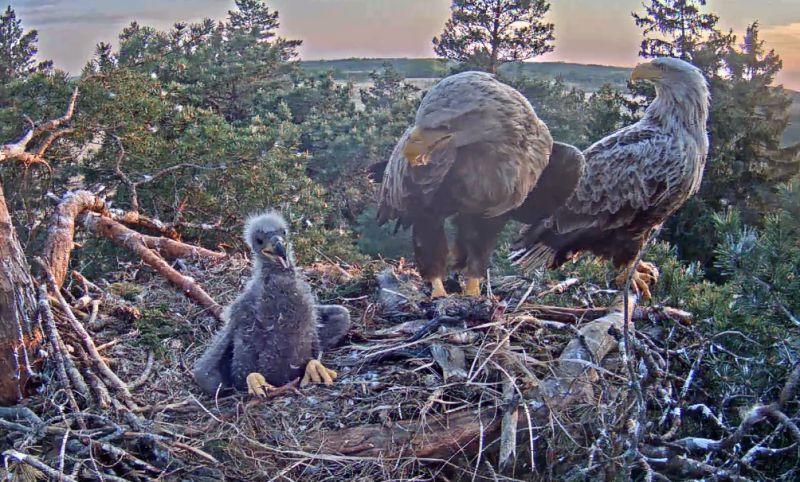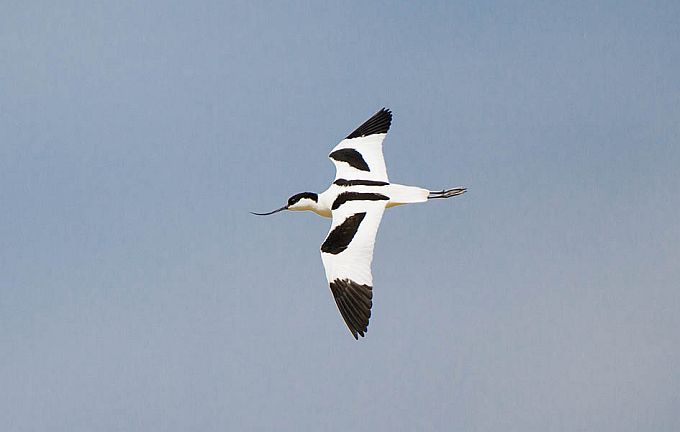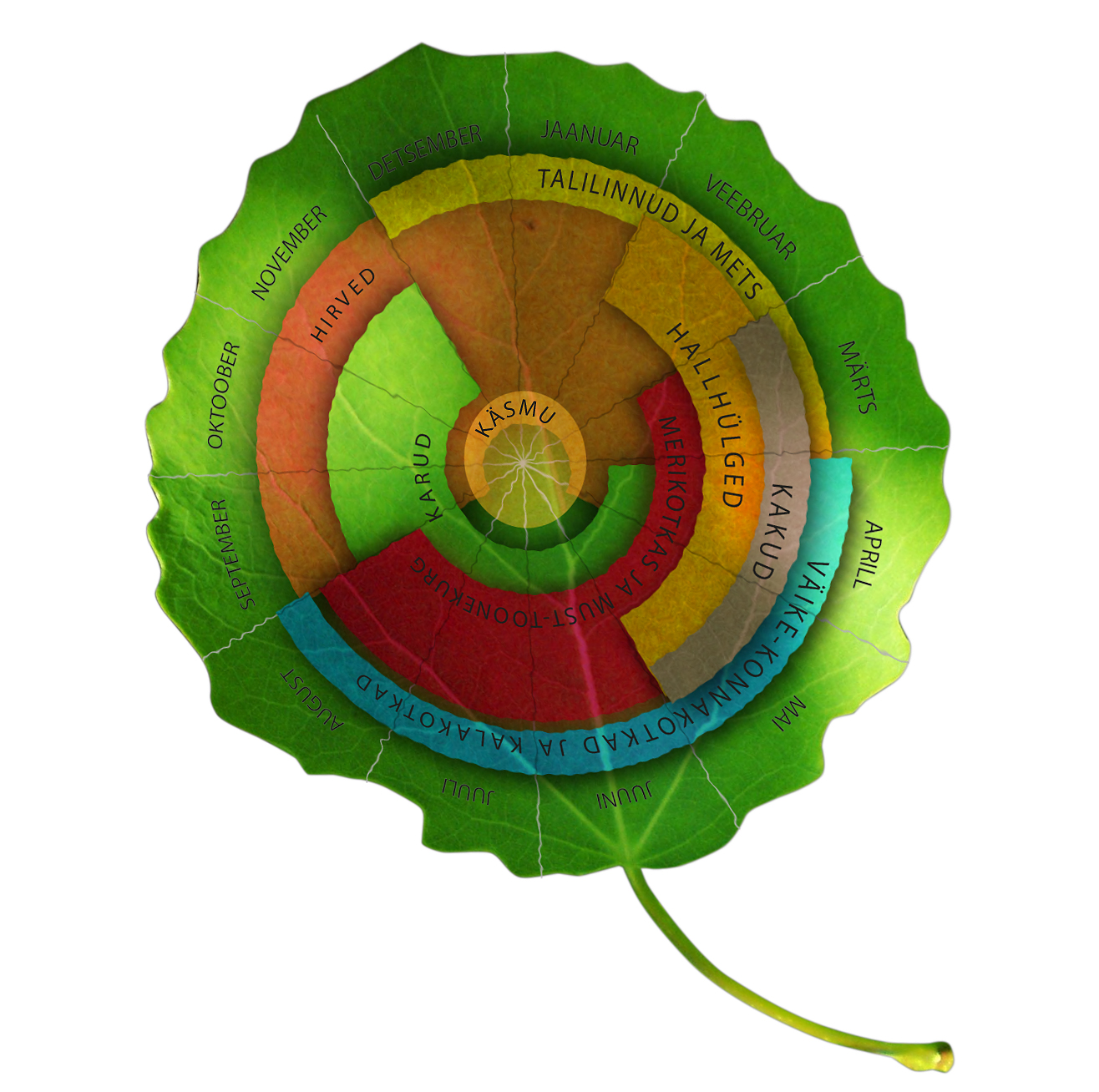By and by fewer starling chicks are left in the nest box
Screenshots Felis silvestris and Seira, LK forum
Translation Liis
Estonian text posted 29.05.2018
In the morning two starling chicks left the nest box…
Starling Kuldnokk Sturnus vulgaris
... but in the afternoon one roving chick appeared again back in the nest box - probably it held the familiar environment for safer but it spent the evening as a stopper in the nest opening when the two smallest ones on the bottom of the nest box waited for feeding by the parents.

